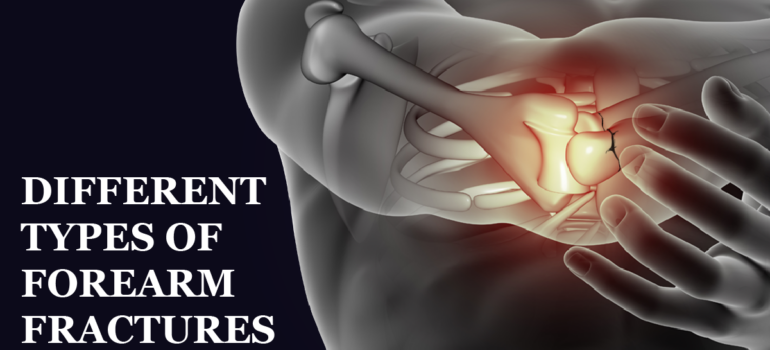Symptoms of Wrist Fracture
Breaking one or more bones of the wrist can cause a wrist fracture. A broken wrist occurs when people try to catch themselves during a fall and land hard on an outstretched hand. If you participate in sports like cricket or kabaddi, you may be at higher risk of a broken wrist. Also, if you have a condition in which bones such as osteoporosis where bones become thinner and more fragile, the chances of wrist fracture are high.
For bones to heal in proper alignment, it’s important to treat a broken wrist as soon as possible. The delay in this might affect your ability to do everyday activities, such as writing, buttoning a shirt or knotting shoelaces. Also, early treatment helps in minimizing pain and stiffness. Thus one has to know the primary symptoms of wrist fracture so that the person can rush to the doctor.
Following are the symptoms of the broken wrist
- Swelling
- Severe pain while gripping or squeezing or moving hand or wrist
- Bruising
- Tenderness
- Obvious deformity, such as a bent wrist

When to call a doctor
Looking at these symptoms, if you think you might have a broken wrist see a doctor immediately. If you’re having numbness, swelling or trouble moving your fingers you should rush to the doctor. A delay in diagnosis and treatment can lead to poor healing, restricts the motion and decreased grip strength.
This is the general information about Wrist Fracture. We recommend you to take your doctor’s advice for proper guidance. We hope this information adds value to your knowledge. Watch out this space for more such information. Greetings for SYS Medtech International PVT. LTD.



